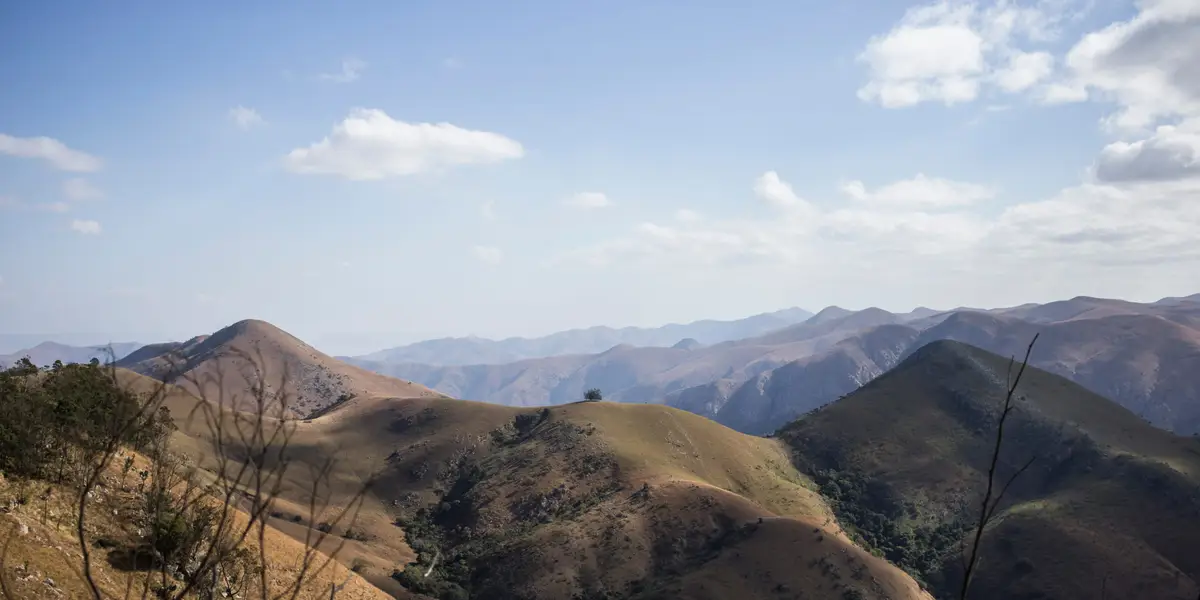The relentless pursuit to unravel the mysteries of life’s origins on Earth has been an enduring scientific enigma, fraught with numerous gaps and uncertainties. In a groundbreaking study, a team of researchers from Linnaeus University, Sweden, and the University of Göttingen, Germany, has recently achieved a significant breakthrough. Their work has illuminated the shadowy realms of the earliest life forms on our planet, drawing from rock samples meticulously gathered from the Barberton Greenstone Belt in the Republic of South Africa.
This momentous study, published in the journal Precambrian Research, stands as a beacon of discovery, offering unprecedented insights into the complex microbial communities that flourished a staggering 3.42 billion years ago. The findings not only challenge existing paradigms but also contribute vital puzzle pieces to the intricate tapestry of Earth’s ancient past. As we delve into the details of this research, we embark on a journey that transcends time, peeling back the layers of eons to reveal the awe-inspiring story of life’s nascent beginnings on our planetary home.
Microorganisms: The Earliest Inhabitants
Microorganisms, the smallest and simplest forms of life, represent the earliest inhabitants of Earth. However, evidence for reconstructing their early existence has been scarce and often mired in controversy. Questions surrounding the emergence of life and the diversification of microbial communities have persisted for decades. The recent study aims to fill these knowledge gaps and refine our understanding of Earth’s early ecosystems.
Barberton Greenstone Belt
The Barberton Greenstone Belt, nestled in the heart of the Republic of South Africa, stands as an extraordinary geological time capsule, encapsulating the remnants of ancient rock formations that whisper secrets of a bygone era. This unique region serves as a portal to the distant past, offering researchers an unparalleled opportunity to unravel the mysteries that shroud the early stages of life on Earth.
At the core of this geological time capsule are the rocks dating back a staggering 3.42 billion years. Researchers, armed with scientific curiosity, have meticulously focused their efforts on this temporal treasure trove within the Barberton Greenstone Belt. The significance of this geological marvel lies not only in its age but also in its remarkable ability to preserve the vestiges of a world long past.
As scientists delve into the folds of time within this belt, they seek vital clues that could illuminate the conditions and context in which life emerged on our planet. The rocks, like ancient manuscripts, carry imprints of a narrative that predates human existence, offering a tantalizing glimpse into the geological and biological landscapes of an era that shaped the course of Earth’s history.
The Barberton Greenstone Belt serves as an open book, inviting researchers to read its pages and decipher the enigmatic tale inscribed within its layers. Each rock, a chapter; each mineral, a sentence, all contributing to the intricate story of our planet’s early evolution. As we navigate through this geological time capsule, we unveil not only the geological intricacies but also the potential keys to unlocking the mysteries of life’s genesis in the primordial epochs of Earth.
Unprecedented Diversity in Carbon Cycling
The groundbreaking research uncovered evidence of a diverse biological carbon cycle established at 3.42 billion years ago. The discovery challenges previous assumptions, revealing that even in these ancient times, ecosystems hosted complex microbial communities. The study identified metabolisms of photoautotrophs, autotrophic sulfate reducers, and microbes likely involved in methane and/or acetate production and consumption. This revelation has profound implications for our understanding of early Earth and the adaptability of microbial life.
The Role of Carbonaceous Matter
The study’s uniqueness lies in its approach, combining macro- and micro-scale techniques to identify indigenous Biosignatures in the rocks. Analyses of well-preserved carbonaceous matter and associated mineral phases played a crucial role in unveiling the ancient ecosystems. The identification of carbonaceous particles in primary pyrite crystals and direct micro-analysis of carbon and sulfur isotopes provided a rare opportunity to decipher different microbial metabolisms in these ancient systems.
Window into Early Ecosystems
Dr. Manuel Reinhardt, the first author of the study, expresses astonishment at the unexpected richness of the findings. The study opened a rare window into early ecosystems on Earth, surpassing expectations by revealing traces of numerous metabolisms. The analogy of finding a needle in a haystack aptly captures the surprise and excitement of stumbling upon such a wealth of information about ancient microbial life.
Robustly Identifying Biosignatures
Dr. Henrik Drake, senior author of the study, emphasizes the importance of employing multidisciplinary approaches in early life science. The need for supporting evidence from various angles is crucial to clearly identify indigenous biological traces. The combination of macro- and micro-scale techniques allowed the researchers to robustly identify different microbial metabolisms, providing a more comprehensive understanding of the early Earth’s intricate ecosystems.
Conclusion
The findings from the Barberton Greenstone Belt challenge our preconceptions about Earth’s early history. The discovery of a complex microbial ecosystem 3.42 billion years ago reshapes the narrative of life’s origins on our planet. As technology and research methodologies continue to advance, more secrets of Earth’s distant past may be revealed, unlocking further mysteries about the emergence and evolution of life on this pale blue dot we call home.

